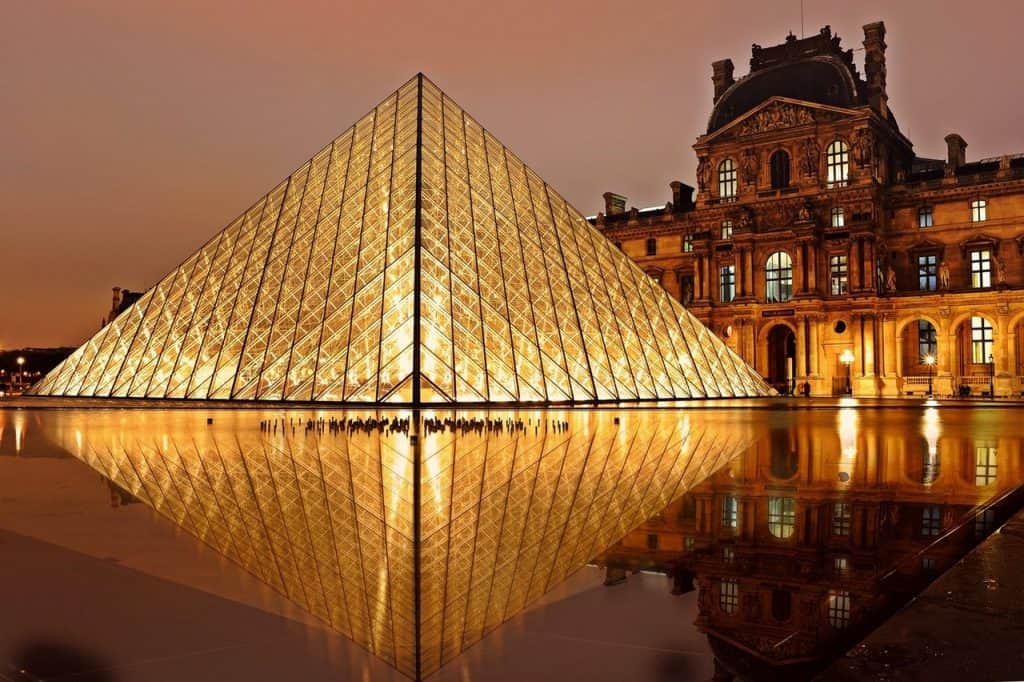5 Famous French Landmarks You Should Visit
France is a country beaming with beautiful contrasts. The scintillating establishments along the boulevards of Paris speak volumes about the perpetual renaissance the country has embraced throughout the ages. The well-preserved heritage sites in its nooks and crannies, on the other hand, will bring you to a standstill, their history reminding you to appreciate both the past and the gift of the present moment. If you’re among those who are fascinated with this amazing juxtaposition, let this list of the famous French landmarks give you a good reason to finalize your travel plans.
Table of Contents
The Eiffel Tower
Soaring above the Parisian skyline, beautifully illuminating it at night, is a wrought-iron lattice tower that has stood as the city’s centerpiece for over a century now: the Eiffel Tower. A brainchild of Maurice Koechlin and Emile Nouguier, who both worked for Gustave Eiffel, this supposedly temporary structure turned out to be the country’s most sought-after landmark, magnetizing 250 million tourists from all over the world since its construction in 1889.
Whether you want to climb it on foot or take a picture by it, its architecture and surrounding views will get you overwhelmed with a whole series of emotions. If you’re not acrophobic in any way, you can revel in the awe-inspiring sights of Paris on every ascent, either by a lift or by the staircase. And if you’re a daredevil looking to catch a mesmerizing view of the city in the most adventurous way possible, you can take a zipline off of the tower’s second floor.
This French landmark has three platforms lined with a banquet hall, gift shops, and restaurants where you can enjoy some retail therapy or good food, whichever strikes your fancy. It is open all year round, with varying visiting schedules per season. They have educational tours to accommodate children and people traveling in groups as well.
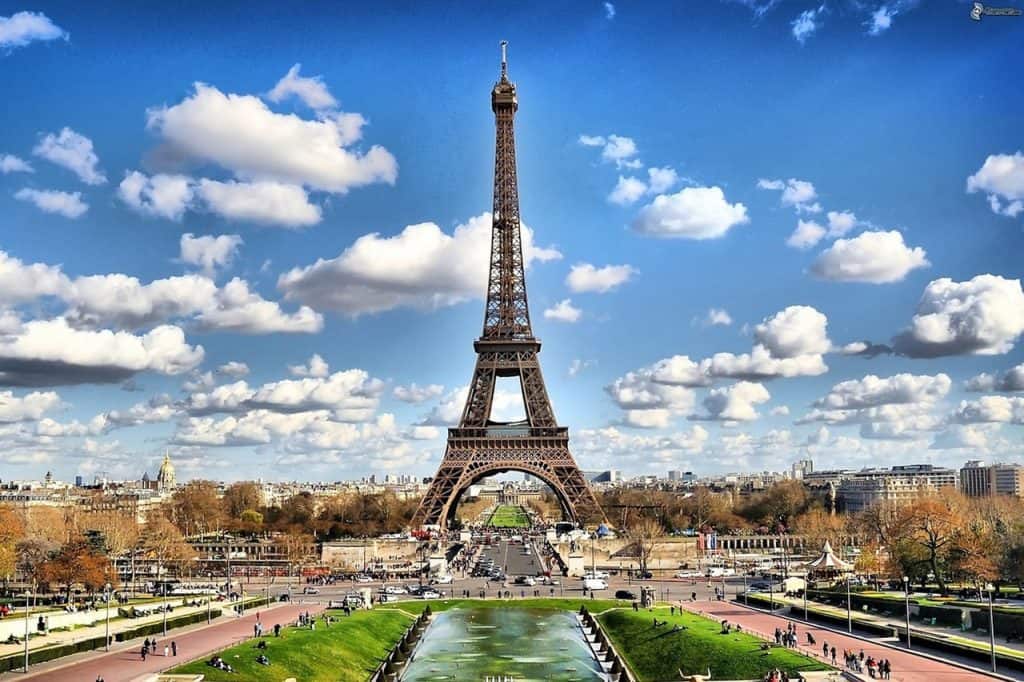

Mont Saint-Michel
On the vast expanse of the northern coast of France, at the bay where the regions Brittany and Normandy converge, soars a Romanesque-style abbey on top of a rock-strewn island, with a belfry piercing the sky— Mont Saint-Michel. With its imposing façade and sublime architecture, suffice to say, this French landmark is like all Disney fairy-tale castles merged into one glorious slice of medieval landscape. Among the famous monuments in France, the abbey is a UNESCO world heritage site, now regaining its role as a prayer sanctuary and retreat center after centuries of being used as a prison and military stronghold.
Mont Saint-Michel is comprised of galleries, stairways, and vaulted arches, justifying its towering height of 250 ft above sea level. Its altar, carved capitals, small chapels, and surrounding aisle—constructed in Gothic style—are nothing short of astounding.
The French government has made an effort to restore the view around the abbey’s periphery, so car parking areas have now been moved away from the shoreline, about 1.5 miles away from the island. From there, you have three options to get to the site: you can head out to Place des Navettes, where you can take ultra-modern buses that will drive you to Mont Saint-Michel itself. Alternatively, you can take a special horse-drawn carriage or set on foot all the way to the mount, savoring the splendor of the site as you get close.
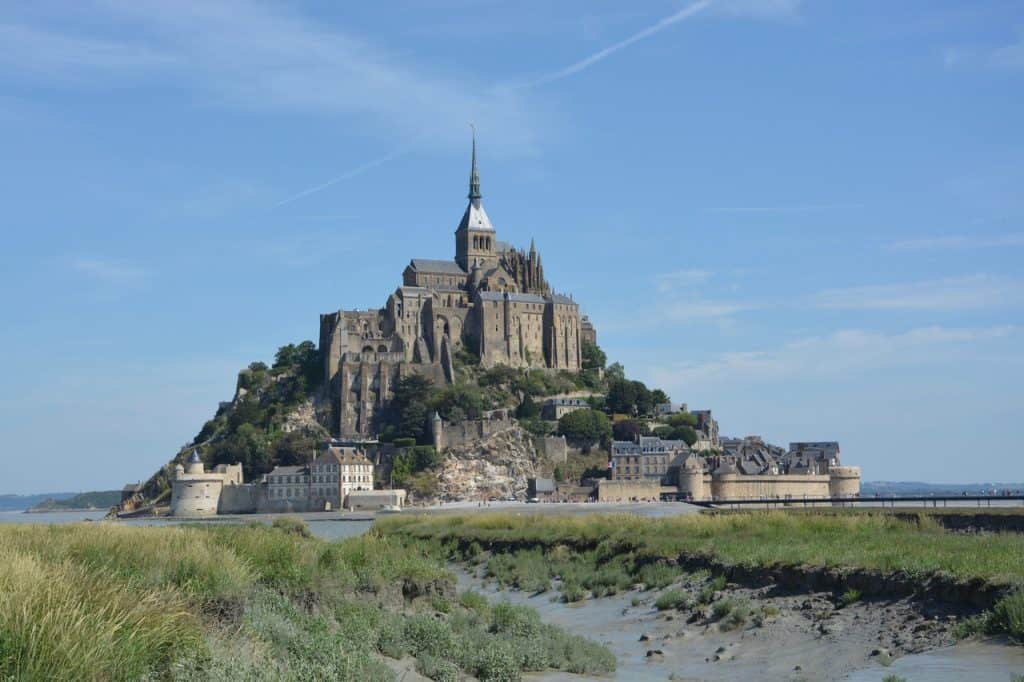
Arc de Triomphe
Right in the heart of the Etoile roundabout stands Arc de Triomphe, a structure built to commemorate many of the most significant events in the country’s military history. While its concept and semblance allude to the ancient Roman ceremonial archways, the enormity of this French landmark evokes nothing but Napoleonic grandeur, with each of its well-sculpted frontages symbolizing the emperor’s conquests. One of the most famous monuments in France, the arch features a museum, 160 ft up or 284 steps (and definitely worth the climb); 40 steps more and you’ll get to the observatory, where you can behold the sight of the 12 beautiful avenues of Paris.
To get to the arch, instead of traversing the traffic-congested rotunda, you need to take the stairs leading from the northern part of the Champs-Élysées all the way to pedestrian tunnels, which will take you right to the base of the arch. You can purchase tickets to both the museum and the viewing area in the tunnel. You can opt for a 90-minute guided tour in the museum where you can look into chronicles about its history, design, and construction.
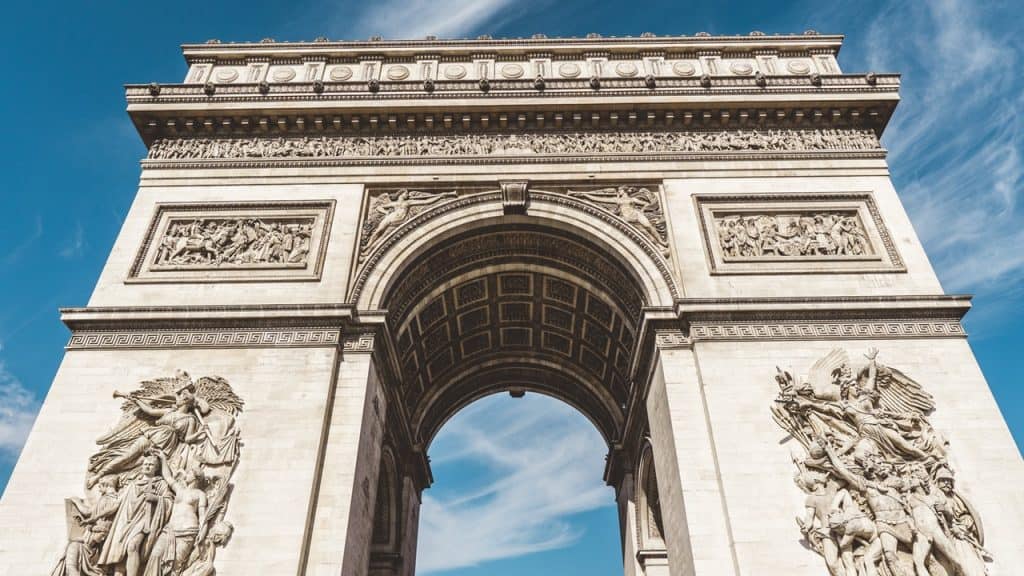

Chateau de Versailles
Situated in the department of Yvelines, 20 mi southwest off of the center of Paris, is the Palace of Versailles, the country’s decadent symbol of nobility and far-reaching influence. This 2,000-acre iconic French landmark lets you tap into the country’s rich, dynamic history, illuminating the ostentatious lifestyles its former monarch residents used to lead. Its impressive architecture and concept are attributed to King Louis XIV, who turned a modest hunting lodge into a resplendent palace, within his 72-year reign. He ingeniously dried swamps and relocated entire forests to come up with 250 acres of tree-fringed pathways, fountains, flowerbeds, and lakes.
Be at the landmark early, in order to steer clear of the throngs. “The Passport” ticket is available to give you full access to not only the palace grounds, Marie Antoinette’s estate, and Trianon Palaces, but also the Musical Fountain Show and any current exhibitions. Considering the enormity of the place, you might need more than a day to see it, which makes the two-day “The Passport” ticket come in handy. After spending the whole morning visiting the different areas of the palace and its grounds, you can have a grub at a nearby homey café-restaurant.
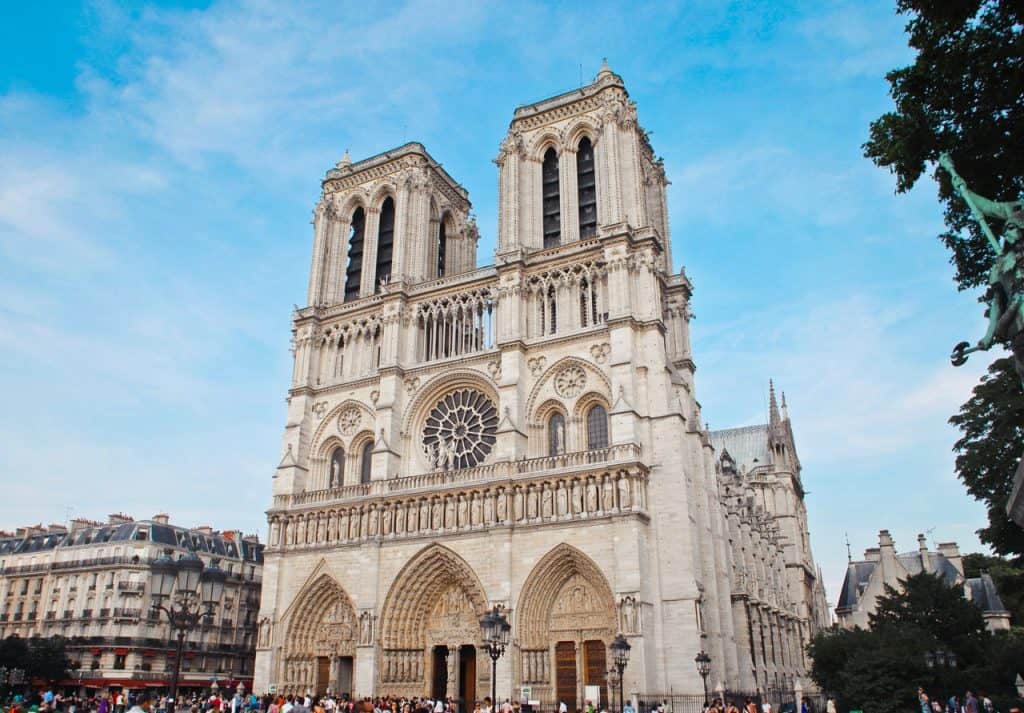

The Louvre
If France has one place that best epitomizes French art and culture, the Louvre takes the spot. This French landmark is the world’s biggest museum, storing 35,000 art collections and now having offshoots in Asia and North America. In and of itself, the Baroque-style museum is like a small state, equipped with its own set of tradition, sculpted inhabitants, security staff dressed in designer uniforms, and even a fire brigade.
And because there’s nothing about the city of Paris that ever stays still, the Louvre also has lived through constant modifications up until the present time, having evolved from being a royal residence to an enormous institution that houses world-renowned artifacts. These include Etruscan, Greek and Roman Antiquities, Islamic Arts, stained glass and ceramic decorative arts, and the Mona Lisa painting.
You have to purchase a ticket to gain access to the museum. This famous building in France is lined with stores that offer visitors a huge selection of souvenirs: magnet, posters, mugs, etc. There are available guides to the museum’s collections, set in different languages, making your tour easy, fun, and insightful.
